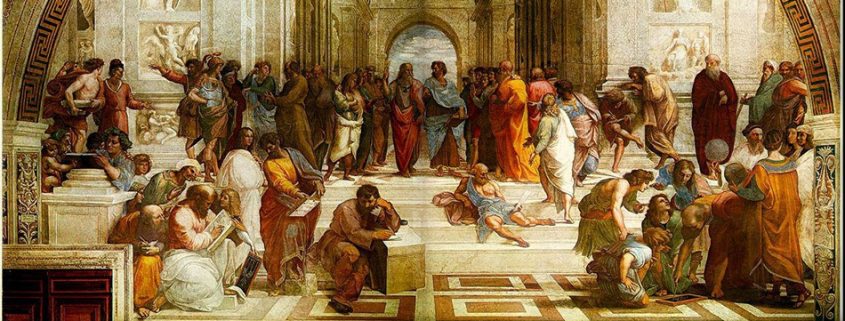Expansion and Decline of Renaissance
Looking at renaissance art in practice we find that most depict religious imaging for example Madonna, or the Virgin Mary and until today excellent examples of renaissance art perfection. During the renaissance period however these paintings and sculptures were devotional objects and incorporated into religious rituals and mass.
A typical renaissance artist were not the bohemian living from hand to mouth and struggling to make a living as they were commissioned to paint works of art. It used to be an incredibly sought after piece by the aristocracy and added to the status of the middle class.
During the 15th and 16th centuries renaissance art spread wide throughout Italy and continue to spread to Spain, and northern Europe. During 1477 until 1510 Giorgione and Titan during 1488 until 1576 changed their styles to incorporate oil on canvas, which grew until most used oil as it enables them to rework images too. When you look at oil painting though it is seen that Jan van Eyck also used oil on canvas when he painted the Ghent masterpiece in 1432.
Van Eyck who died in 1441 was an important and prominent painter of the Northern Renaissance and during this period other greats include Hans Holbein and Albrecht Durer, bot German painters. In the late 1500 a new style emerged called the Mannerist style and was very much the opposite of High Renaissance. During this time it spread from Rome and Florence to become Europe’s dominant style even though renaissance was not quite dead yet. During the 16th century with Mannerism used more, the art historian and Florentine artists Giorgio Vasan wrote a brilliant piece on Italian art and named Renaissance art the Italian art’s start and centre which started in the 13th century with Giotto.



